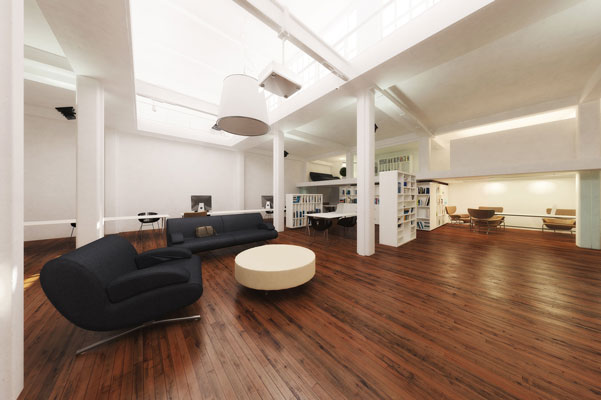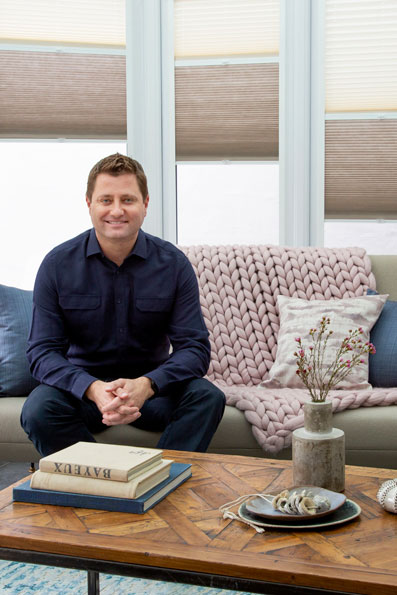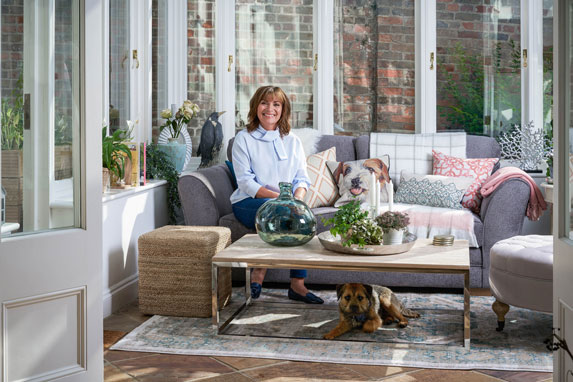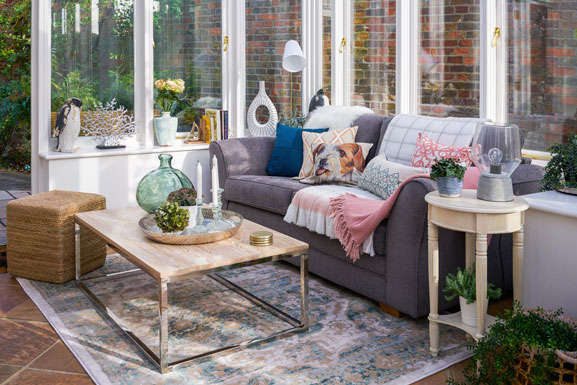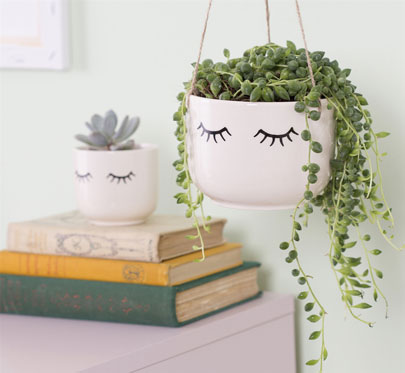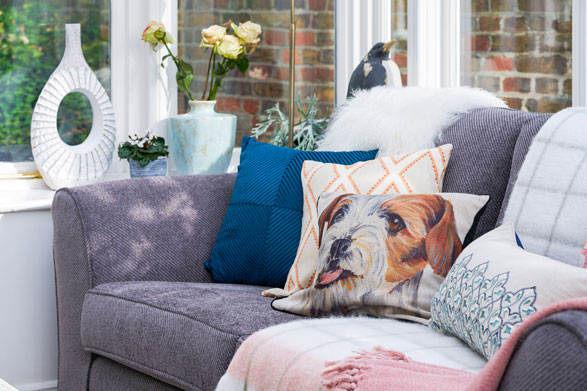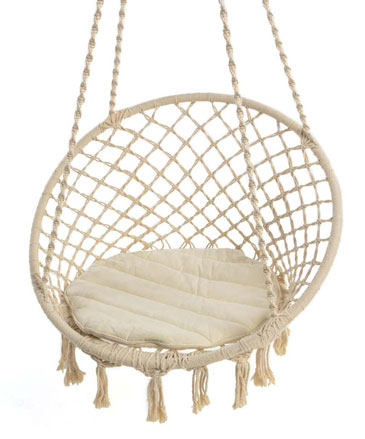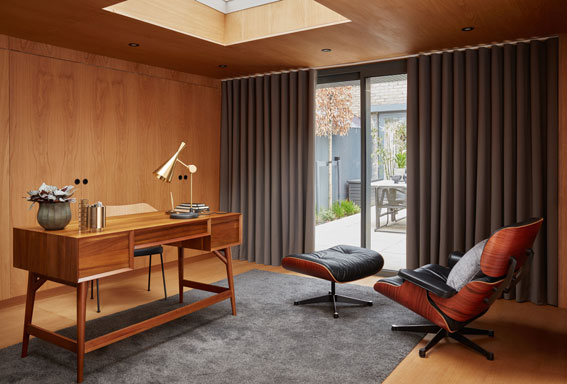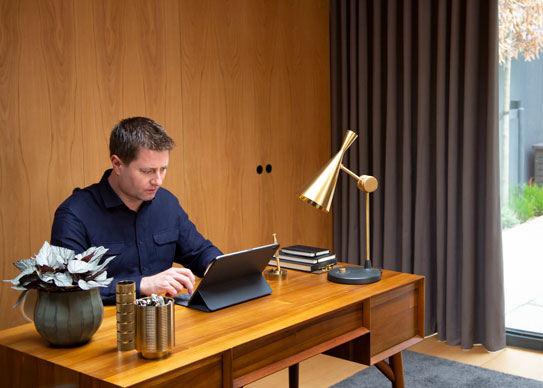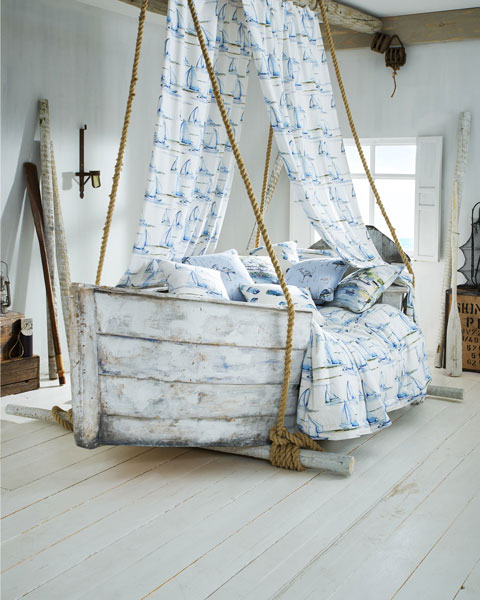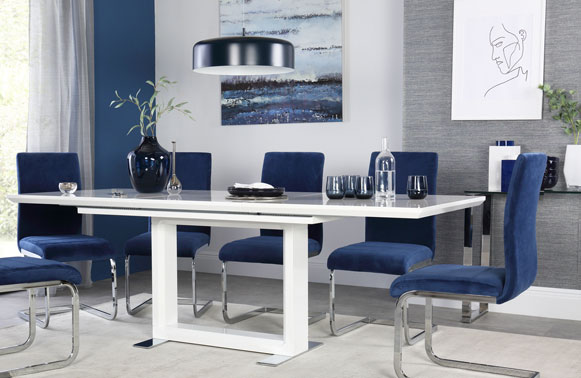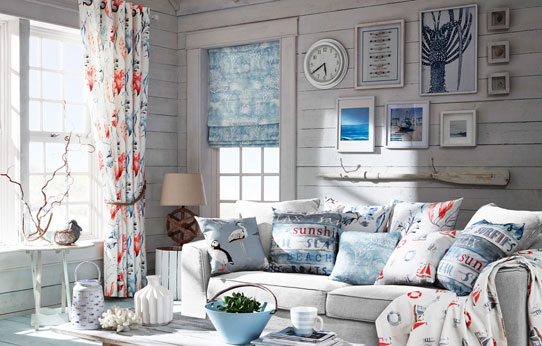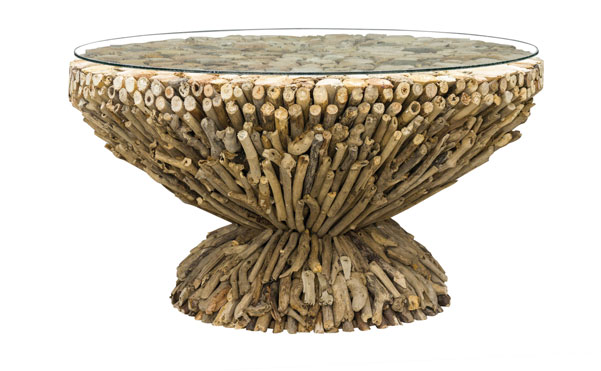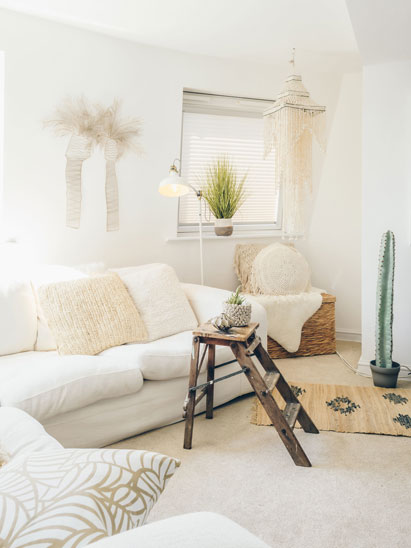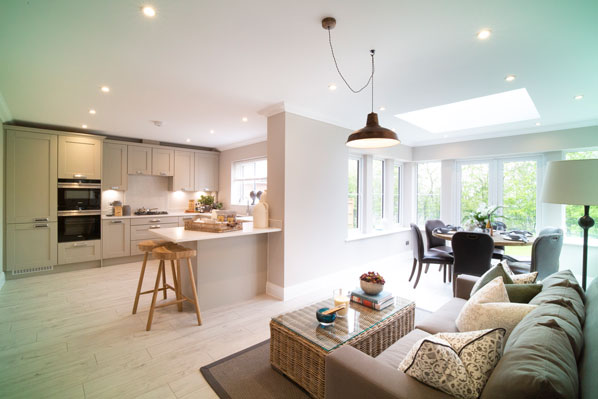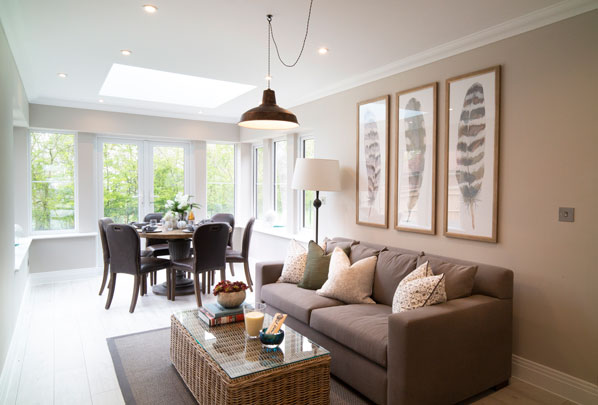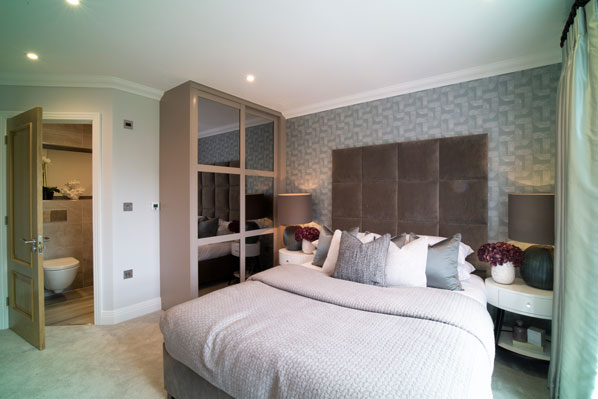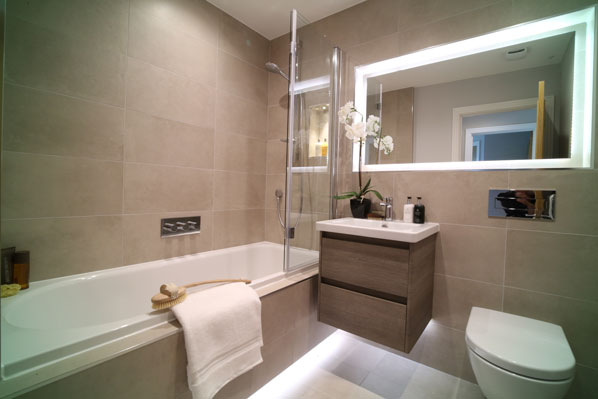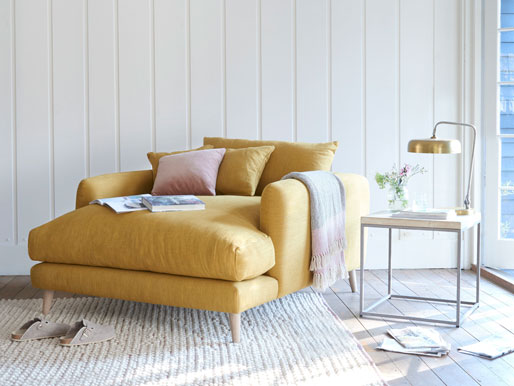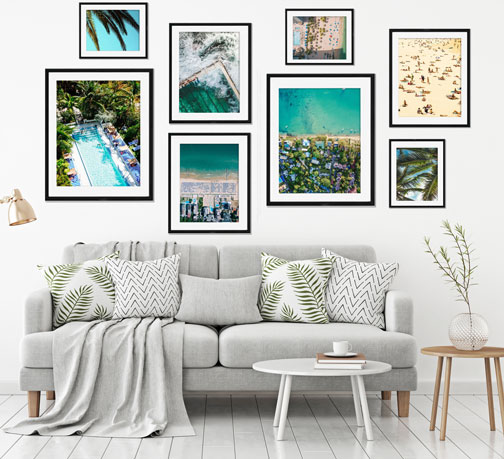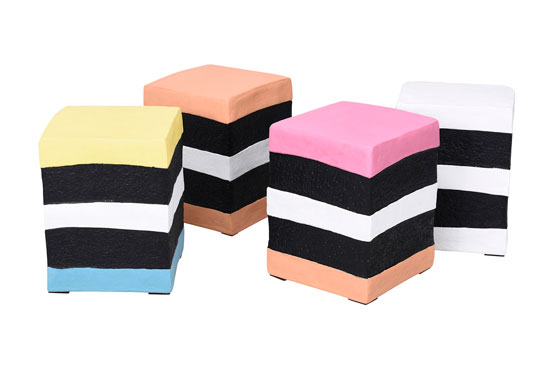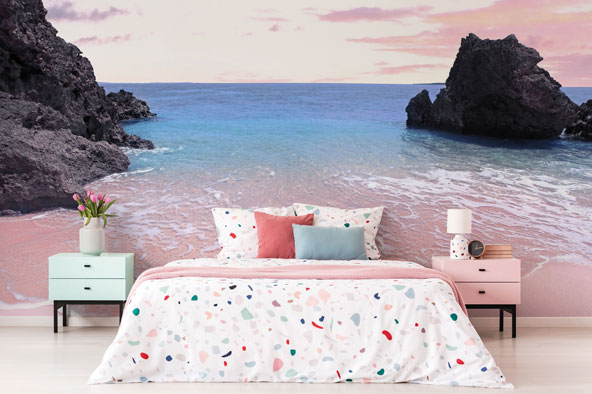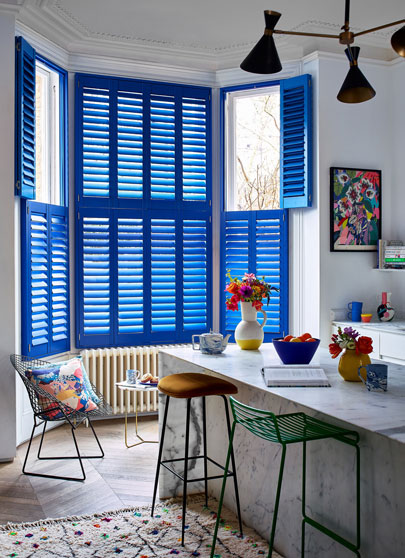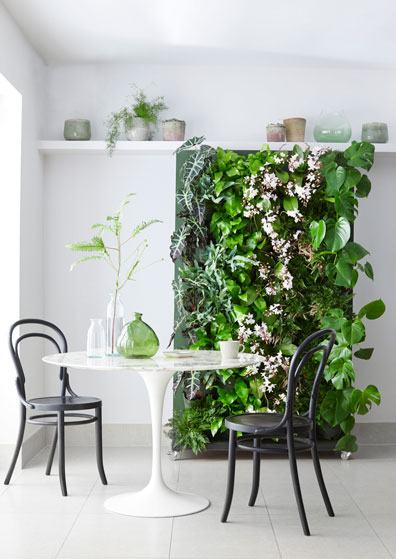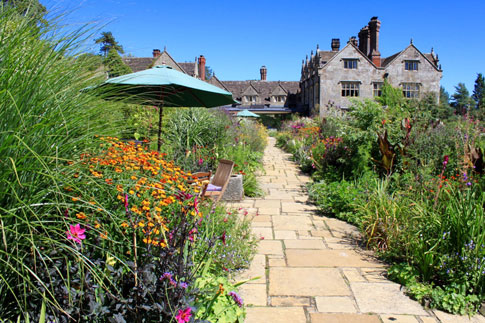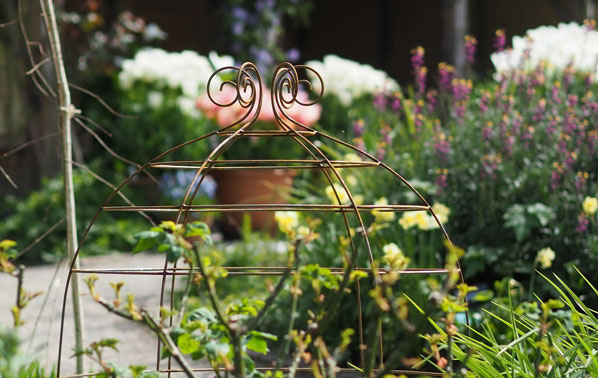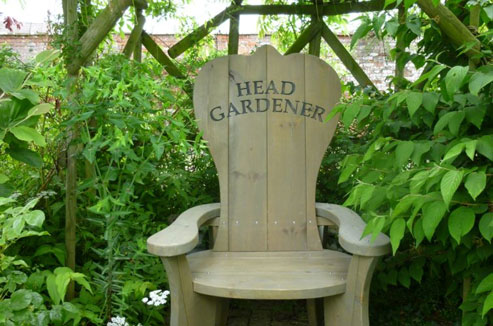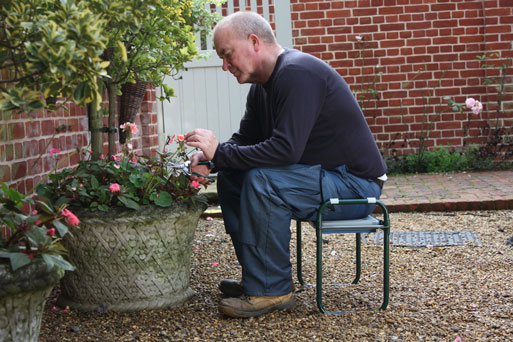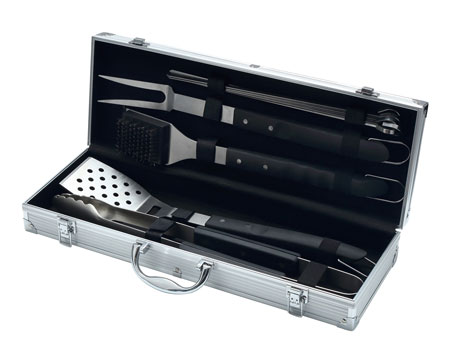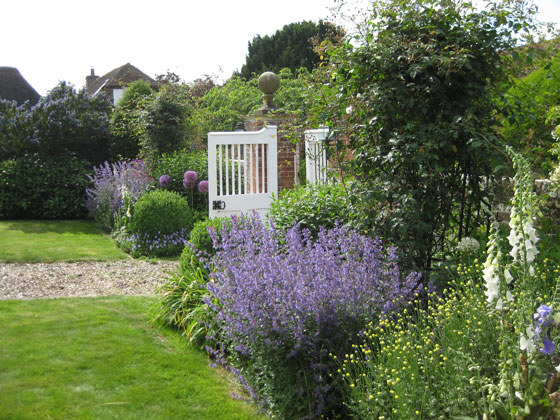Some say it's had its peak, but open plan designs are still staggeringly popular. Luke Rix-Standing ponders the appeal of blurring room boundaries.
There are exceptions to every rule, but we’d guess the phrase ‘open plan’ mostly conjures images of a modern, minimalist apartment in whitewashed monochrome, dotted with oddly-shaped furniture from the darkest corners of IKEA. Or, depending on your profession, a vast integrated office space filled with shoulder-high plastic partitioning.
In reality, ‘open plan’ can be a slightly trickier concept to pin down.
“In the simplest terms, it’s a connection between the living room, dining room and kitchen,” says Charles Bettes, managing director of London architecture firm gpad (gpadlondonltd.com), “linking together those three primary functions.”
In pictures and catalogues, you’ll sometimes see open plan bedrooms thrown into the mix, but Bettes says this is usually more aesthetic than practical.
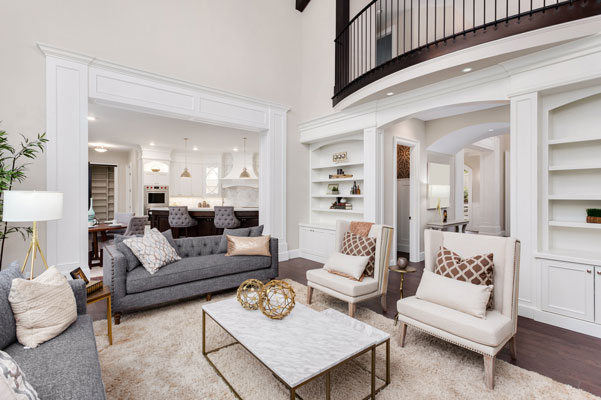
“They’re cool spaces and they look really great, but open plan bedrooms are rare,” he observes. “They don’t provide even that basic level of privacy.”
At the extreme end of the open plan scale lies the studio apartment – an NYC staple with just one main room plus a (probably tiny) bathroom. Rarely a stylistic choice, it’s often not a brilliant ambassador for the possibilities of open plan design though.
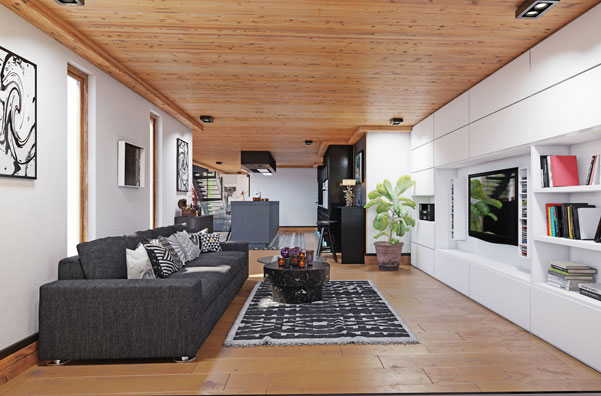
Why would you choose open plan?
Open plan is not for everyone – the lack of privacy might start to grate when the in-laws come to stay, your son takes up weightlifting, or your daughter starts playing the drums. But there’s a reason it’s cantered to the cutting edge of interior design.
First and foremost, open plan arrangements almost always maximise natural light. One glass-panelled wall or set of glass doors can do the job of several rooms worth of windows if unhindered by walls or doors.
Secondly, it encourages social living. An open plan home doesn’t split people into separate spaces, and you can often at least see your loved ones, even if you’re all doing different things.
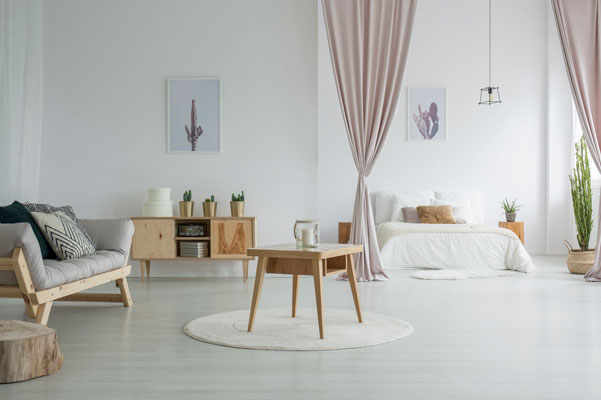
Thirdly, though open plan is often associated with cavernous apartment buildings and sprawling office floors, town and city-dwellers are increasingly using open plan designs to maximise efficiency in smaller spaces.
“In the city, space is at such a premium that the houses and flats we’re designing are getting smaller all the time, and tiny pockets of space can feel quite claustrophobic,” says Bettes. “By opening those spaces up, the whole thing feels larger.”
On one level it’s common sense – if your kitchen and dining table are in the same space, that’s two rooms taken care of in one.
Finally – and you may think this doesn’t affect you but it probably does – open plan living is thoroughly in vogue. Open any magazine, glance at an appropriate billboard, and you’ll frequently see homes that are airy, fluid, high on light and low on masonry.
“A lot of it comes down to fashion,” says Bettes, “and I think a lot of people desire open plan because it gets talked about a lot.”
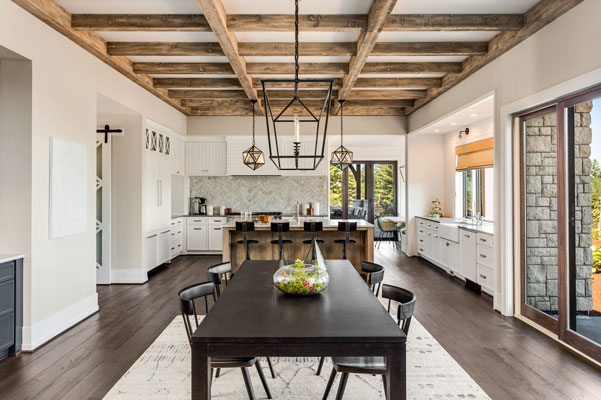
How do you make open plan work?
Open plan design can look sleek, spacious and ultra-modern – or it can seem cluttered, invasive and incoherent. The key, says Bettes, is to strike the perfect balance between fluidity and separation.
“There doesn’t have to be one big rectangular space,” he says. “You could have large doors that fold back, or sliding doors that you can have open during the day or when you have people round. You can use glazed partitions – providing a visual link to other rooms – or curtains that you can pull across to create more intimate spaces.”
You’re looking to create three distinct spaces which are separate without being disconnected – retaining a sense of fluid flexibility without messily merging them into one. Consider the potential of waist or shoulder-high partitions, or doorway-like arches that clearly demarcate your space.
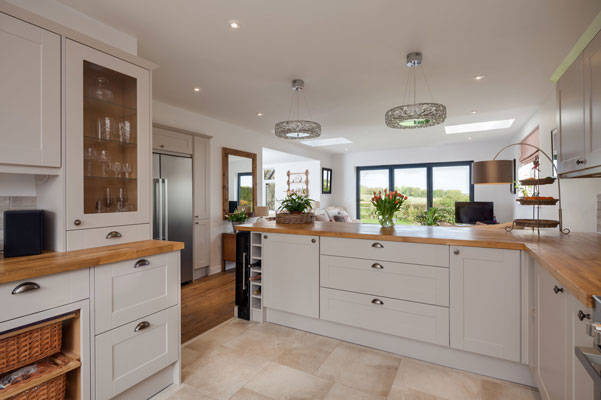
Link rooms together with design aspects like colour and material. “Different colours can look nicely contemporary, but can also look quite stark,” says Bettes. “You can’t have one red room, one blue room.”
Sharing wall colour avoids any undesired clashes, while laying down universal flooring links rooms together with one foundational surface.
For most people, open plan is a choice – new builds, redevelopments, moving homes etc – but be aware that it may not be so simple if you live in, for example, a Victorian town house. You can start knocking down the walls, but, even with the right planning permissions, it gets very pricey, very fast.
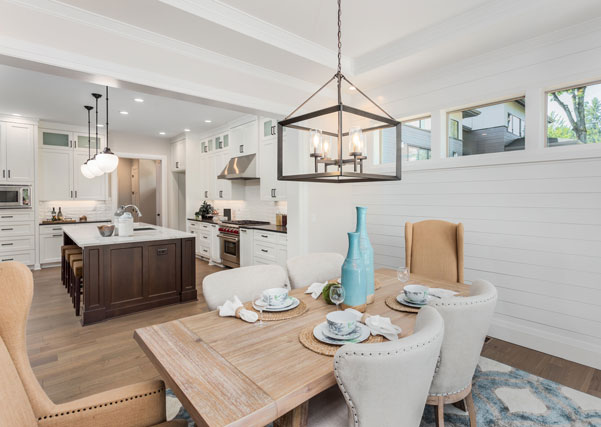
The new normal or a passing trend?
Some architects have argued that open plan living might have already peaked, and that in the coming years more conventional floor plans will once again prevail.
“Five years ago, everyone wanted to be open plan,” says Bettes, “but there’s just a feeling it might go back the other way.
“A key driver is iPads and other devices – traditionally families gather around TV screens, but now people are finding smaller pockets of space to watch things individually.”
Whether or not these predictions pan out, the open plan revolution has changed the new generation – at least in urban areas. A recent survey on home preferences by L&Q development The Gateway, found that only 14% of London’s millennials would consider a separate dining room a priority.
We may yet head back to separate rooms, but who’s to say they’ll be the same ones.
